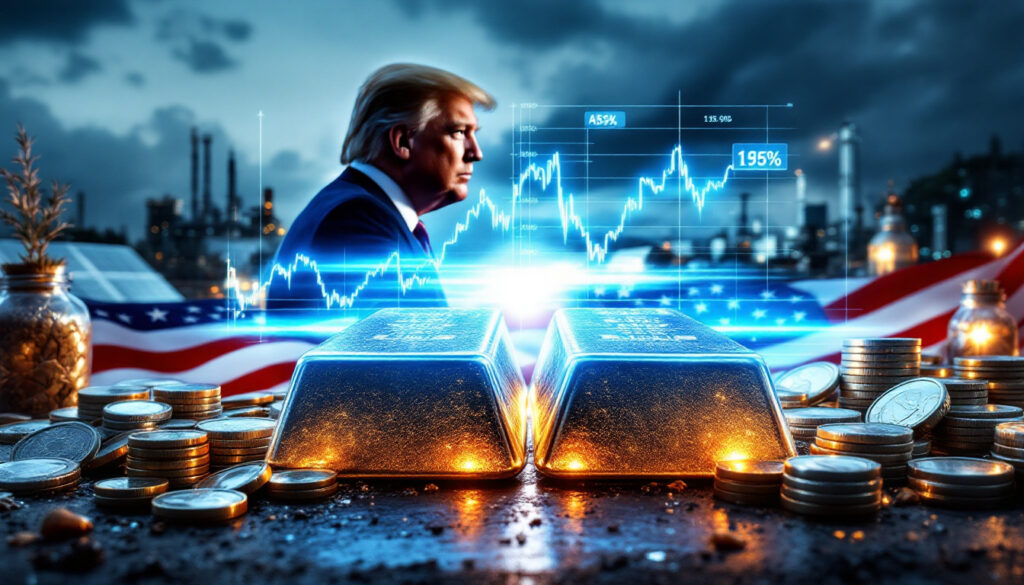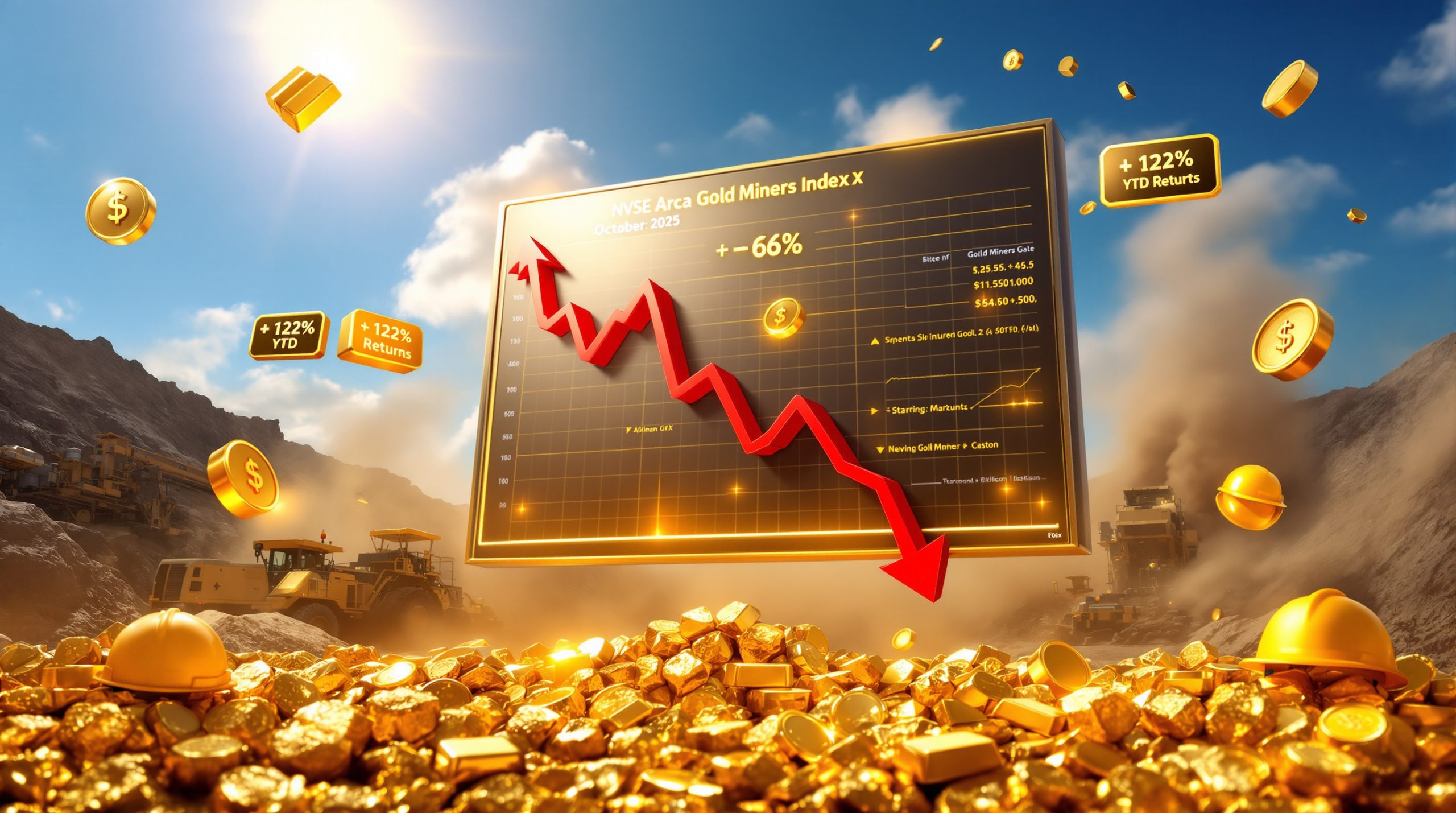What Is Causing the Narrowing Silver Deficit in 2025?
The global silver deficit is projected to narrow by 21% to 117.6 million troy ounces in 2025, driven by a combination of shifting market dynamics. This significant reduction stems from a 1% decline in overall demand coupled with a 2% increase in total supply, creating a notable shift in the market equilibrium.
Despite this narrowing gap, 2025 will mark the fifth consecutive year of a structural market deficit for silver. While the deficit persists, the shrinking margin between supply and demand signals important changes in both consumption patterns and production capabilities.
Key Statistics Driving the Market Shift
The 21% reduction in the global silver deficit represents a substantial adjustment from previous years' imbalances. Market analysts attribute this to shifting industrial needs, changing investment patterns, and improved mining output from key producing regions.
Supply increases are primarily coming from expanded mining operations in Mexico, Peru, and Poland, with secondary recycling sources also contributing to the overall 2% growth. Meanwhile, demand pressures have eased slightly as industrial consumption plateaus and investment vs speculating shows mixed signals across global markets.
How Are Silver Demand Patterns Changing in 2025?
Industrial Demand Stabilization
Industrial demand for silver is expected to remain remarkably steady at around 680.5 million ounces in 2025, following a record high established in 2024. This stabilization reflects the metal's continued importance in key manufacturing sectors despite broader economic uncertainties.
Electronics manufacturers continue to drive substantial silver consumption, with technological advancements requiring the metal's superior conductivity properties. Electric vehicle production similarly maintains strong demand, with each vehicle requiring approximately 25-50 grams of silver in various electronic components and battery systems.
The photovoltaic sector, which uses silver in solar panel production, faces more complex dynamics. While global installation growth continues, manufacturers have successfully implemented thrifting measures, reducing the silver content per panel by approximately 5-7% annually while maintaining efficiency.
Investment Demand Trends
Silver investment demand is projected to increase by 7% for coins and bars in 2025, representing a partial recovery following a significant 22% decline in 2024 that brought demand to a five-year low of 190.9 million ounces.
The most dramatic shift occurred in the United States market, which experienced a 46% drop in physical silver investment demand during 2024. This substantial reversal came after several years of robust buying, particularly during the pandemic-driven surge in precious metals acquisition.
European markets have shown more stability, with Germany and the United Kingdom maintaining steady retail investor interest. Meanwhile, Asian markets, particularly India, are showing increased appetite for silver as both an investment and wealth preservation vehicle.
Factors Behind Investment Demand Fluctuations
Profit-taking emerged as a primary driver of reduced investment demand in 2024, as silver prices reached multi-year highs, prompting many investors who had accumulated positions at lower price points to liquidate holdings and realize gains.
Market saturation in key regions, particularly North America, contributed to diminished buying interest. Following years of strong acquisition, many retail investors had already established their desired allocation to physical silver, reducing the need for additional purchases.
Donald Trump's presidential election victory in November 2024 created initial market uncertainty that temporarily suppressed silver investment. However, subsequent clarity around his administration's policies, particularly regarding infrastructure spending and tariffs, has begun to reshape investor sentiment.
Silver continues to face conflicting forces between its precious metal and industrial metal aspects. While economic uncertainty supports its role as a safe-haven asset, concerns about industrial demand in a potentially slowing global economy create countervailing pressure.
Jewelry and Silverware Demand
Both jewelry and silverware sectors are expected to experience declining demand in 2025, contributing to the overall 1% reduction in total silver demand. This continues a longer-term trend as consumer preferences shift toward alternative materials and designs.
India remains the largest market for silver jewelry and silverware, but rising local prices and changing consumer preferences are dampening traditional demand. Meanwhile, Western markets continue to see silver jewelry positioned primarily in the fashion segment rather than the fine jewelry category.
What's Happening with Silver Prices in 2025?
Current Price Performance
Silver has demonstrated impressive price strength, posting a 12% increase in spot prices year-to-date. This follows an even stronger 21.5% price appreciation recorded in 2024, marking two consecutive years of double-digit gains.
The metal's price performance has been supported by gold market analysis and parallel rally amid persistent economic uncertainty. Silver tends to follow gold's directional movements, though often with greater volatility, earning it the nickname "gold on steroids" among traders.
Technical analysts note that silver prices have established a solid base above the psychologically important $30 per ounce level, creating potential for further upside if market conditions remain supportive.
Price Drivers and Correlations
Gold price momentum provides significant support for silver values, as the two precious metals typically move in tandem, though silver's industrial applications create occasional divergence. With gold reaching all-time highs in 2024, silver has benefited from this association.
Geopolitical tensions across multiple regions have enhanced silver's safe-haven appeal. Ongoing conflicts in Eastern Europe and the Middle East, combined with US-China trade friction, have prompted investors to increase allocations to tangible assets like precious metals.
The Trump administration's tariff policies have created market uncertainty that paradoxically both supports and threatens silver prices. While tariffs may boost domestic manufacturing in some sectors, they risk disrupting global supply chains and economic growth.
Some market analysts project a technical breakout for silver prices if the metal can maintain momentum above key resistance levels. The gold-to-silver ratio, which measures how many ounces of silver it takes to buy one ounce of gold, remains historically elevated at around 75:1, suggesting potential for silver outperformance if it reverts toward its long-term average.
What Are the Key Risks to the Silver Market in 2025?
Trade Policy Impacts
US tariffs have been identified as a "key risk" to silver demand by industry experts, including the Silver Institute. The potential for trade restrictions to disrupt supply chains and increase manufacturing costs could negatively impact industrial silver consumption.
An extended period of elevated tariffs would particularly affect electronics manufacturing, which represents approximately 35% of industrial silver demand. Companies may accelerate efforts to reduce silver content in products or seek alternative materials if costs remain elevated.
The risk of escalating global trade wars presents a significant threat to overall economic growth, potentially reducing consumer spending on electronics, vehicles, and other silver-intensive products. This secondary effect could prove more impactful than direct tariff costs on silver itself.
Economic Uncertainty
Recessionary fears continue to provide support for investment demand as investors seek safe-haven assets. However, this same economic uncertainty threatens industrial consumption, creating a complex dynamic for price forecasting.
The weakening global economic outlook poses particular challenges for silver's industrial applications. Manufacturing PMIs in China, Europe, and the United States show mixed signals, with some regions experiencing contraction that could reduce industrial silver demand.
Supply chain disruptions stemming from trade tensions may create spot shortages of physical silver in certain manufacturing hubs, potentially driving localized price premiums despite adequate global supplies.
Market-Specific Factors
Silver's dual role as both precious and industrial metal creates uniquely conflicting pressures. During economic uncertainty, its precious metal characteristics gain prominence, while during growth periods, its industrial applications drive demand.
Portfolio diversification needs continue to support steady investment interest, particularly as traditional assets like bonds and equities face valuation challenges. Many financial advisors recommend a 5-10% allocation to precious metals, including silver.
Market volatility is likely to increase due to these competing forces, with silver price swings potentially exceeding those of other commodities. This volatility creates both risks and opportunities for various market participants, from industrial users to speculative investors. Understanding data-driven strategies is therefore becoming increasingly important for those looking to navigate the silver market effectively.
FAQ About the Silver Market in 2025
Why is the silver deficit narrowing despite continued strong industrial demand?
The 21% reduction in the global silver deficit is primarily due to the combination of slightly lower overall demand (down 1%) and increased supply (up 2%), even as industrial demand remains at historically high levels. The supply increase comes primarily from expanded mining output in key regions and improved secondary recovery from recycling. Meanwhile, slight reductions in jewelry and silverware demand, combined with mixed investment interest, have moderated overall consumption growth despite industrial applications holding steady.
What caused the significant drop in US silver investment demand?
The 46% decline in US silver investment demand resulted from three main factors: profit-taking at higher prices, market saturation after previous strong buying, and investor reactions to Donald Trump's election victory in November 2024. Many American investors who had accumulated physical silver during the 2020-2023 period took advantage of higher prices to realize profits. Additionally, after several years of robust acquisition, many collectors and investors had already established their desired allocations, reducing the need for additional purchases.
How might US trade policies affect silver prices going forward?
Trade policies, particularly tariffs, represent a significant risk factor for silver in 2025. Extended high tariffs or escalating trade wars could disrupt global supply chains, affect economic growth, and put pressure on industrial, jewelry, and silverware demand for silver. Conversely, certain protectionist measures might boost domestic manufacturing in the United States, potentially increasing local industrial silver consumption. The net effect remains uncertain and will depend on the specific implementation and global responses to new trade barriers.
What is the outlook for silver investment demand in 2025?
Silver investment demand faces conflicting forces in 2025. While geopolitical tensions and economic uncertainty support portfolio diversification into precious metals, weakening global economic conditions could dampen industrial demand prospects, creating a mixed outlook. The projected 7% increase in coin and bar demand suggests improving sentiment after 2024's substantial decline, but remains well below previous peak levels. For a deeper understanding of this market, investors may benefit from a comprehensive mining guide and staying informed about mining innovations outlook as the industry continues to evolve.
Expert Insight: "The impact of US tariffs will be a key risk to silver demand this year," according to the Silver Institute's report, highlighting how policy decisions could significantly influence market dynamics in 2025.
Ready to Discover the Next Major Mining Opportunity?
Discovery Alert's proprietary Discovery IQ model instantly notifies investors about significant ASX mineral discoveries, turning complex data into actionable insights for both short-term traders and long-term investors. Explore why major mineral discoveries can lead to exceptional returns by visiting the dedicated discoveries page and start your 30-day free trial today.




